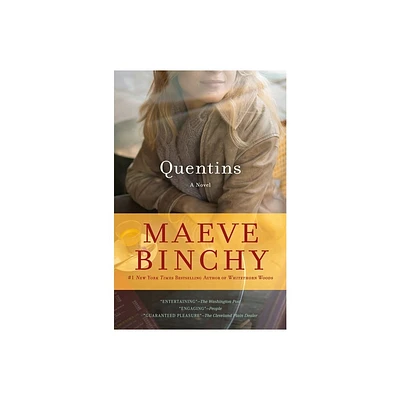Home
The San Quentin Project
Loading Inventory...
Barnes and Noble
The San Quentin Project
Current price: $45.00


Barnes and Noble
The San Quentin Project
Current price: $45.00
Loading Inventory...
Size: OS
*Product Information may vary - to confirm product availability, pricing, and additional information please contact Barnes and Noble
The San Quentin Project
collects a largely unseen visual record of daily life inside one of America’s oldest and largest prisons, demonstrating how this archive of the state is now being used to teach visual literacy and process the experience of incarceration.
In 2011, Nigel Poor—artist, educator, and cocreator of the acclaimed podcast
Ear Hustle
—began teaching a history of photography class through the Prison UniversityProject at San Quentin State Prison. Neither books nor cameras were allowed into the facility, so an unorthodox course with a range of inventivemapping exercises ensued: students crafted “verbal photographs” of memories for which they had no visual documentation, and annotated iconic images from different artists. After the first semester, Poor says, “one student told me he could now see fascination everywhere in San Quentin.”
When Poor received access to thousands of negatives in the prison’s archive, made by corrections officers of a former era, these images of San Quentin’s everyday occurrences soon became launchpads for her students’ keen observations. From the banal to the brutal, to distinct moments of respite, the pictures in this archive gave those who were involved in the project the opportunity to share their stories and reflections on incarceration.
collects a largely unseen visual record of daily life inside one of America’s oldest and largest prisons, demonstrating how this archive of the state is now being used to teach visual literacy and process the experience of incarceration.
In 2011, Nigel Poor—artist, educator, and cocreator of the acclaimed podcast
Ear Hustle
—began teaching a history of photography class through the Prison UniversityProject at San Quentin State Prison. Neither books nor cameras were allowed into the facility, so an unorthodox course with a range of inventivemapping exercises ensued: students crafted “verbal photographs” of memories for which they had no visual documentation, and annotated iconic images from different artists. After the first semester, Poor says, “one student told me he could now see fascination everywhere in San Quentin.”
When Poor received access to thousands of negatives in the prison’s archive, made by corrections officers of a former era, these images of San Quentin’s everyday occurrences soon became launchpads for her students’ keen observations. From the banal to the brutal, to distinct moments of respite, the pictures in this archive gave those who were involved in the project the opportunity to share their stories and reflections on incarceration.


















